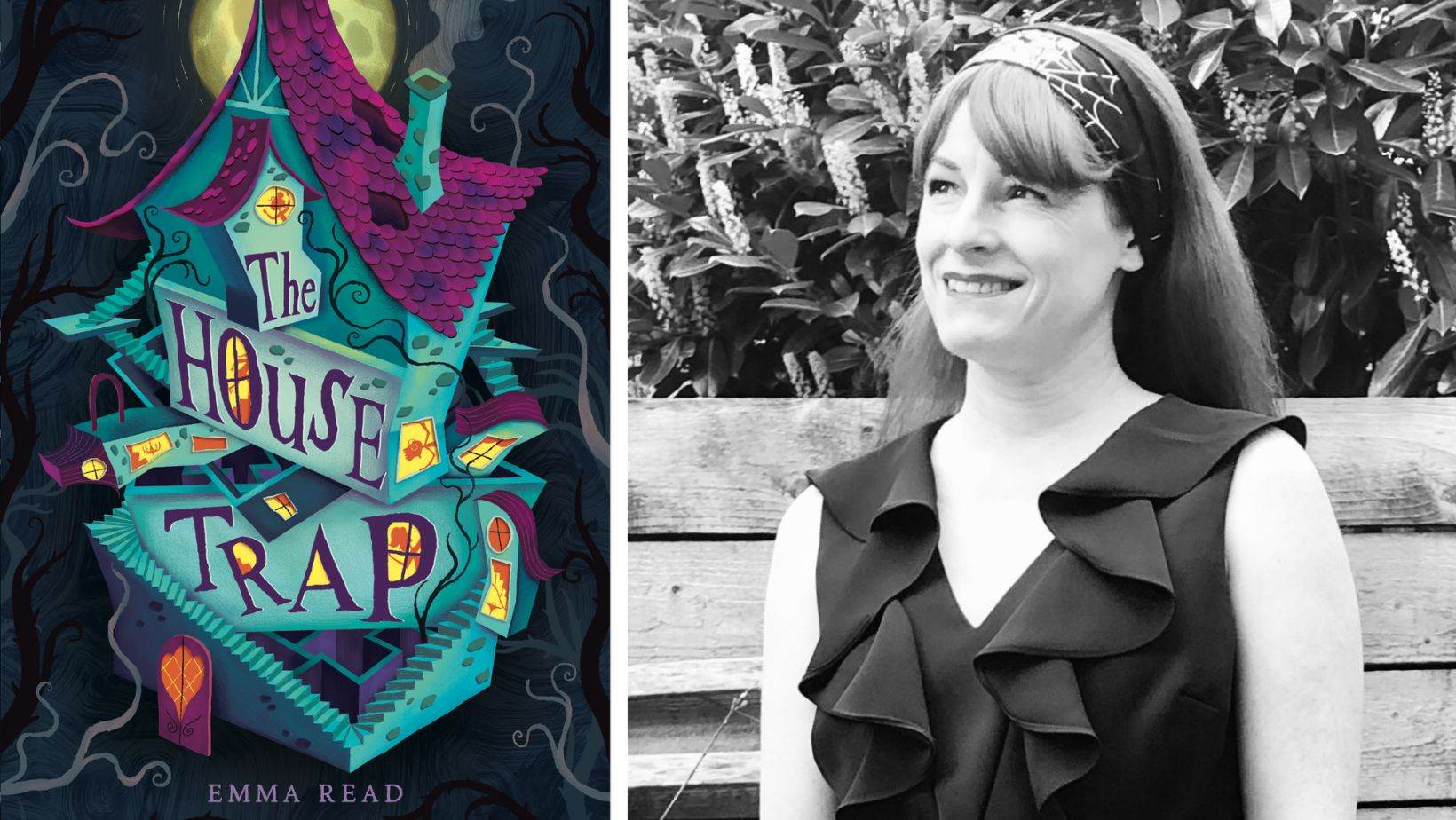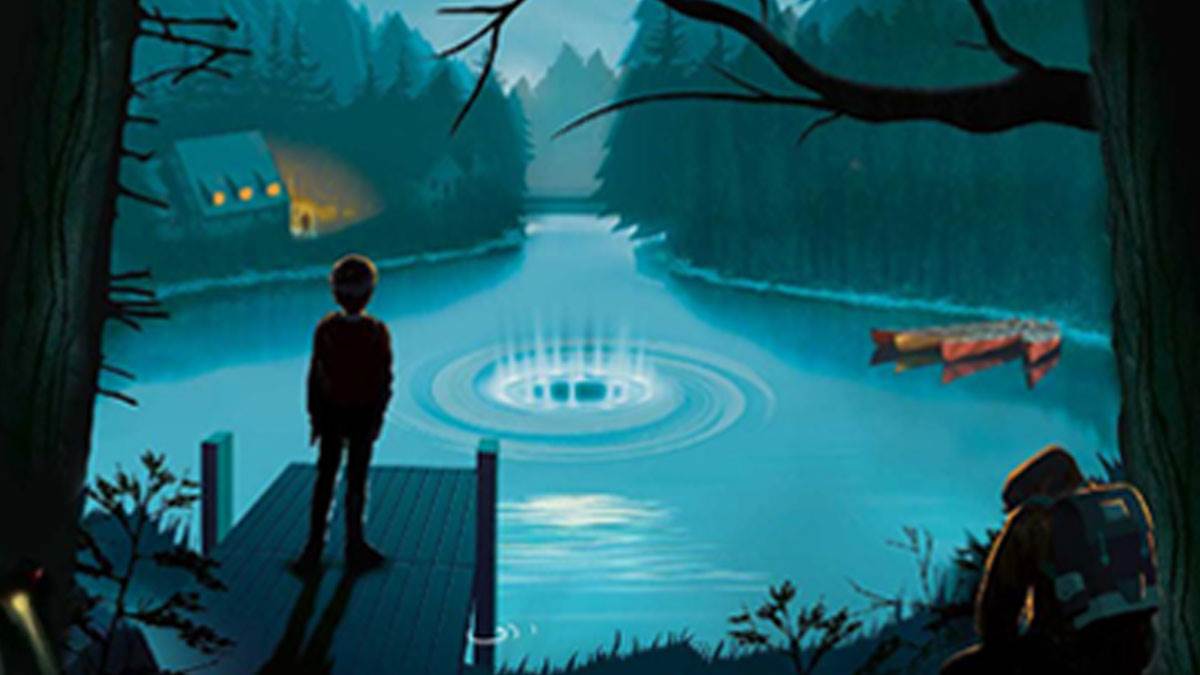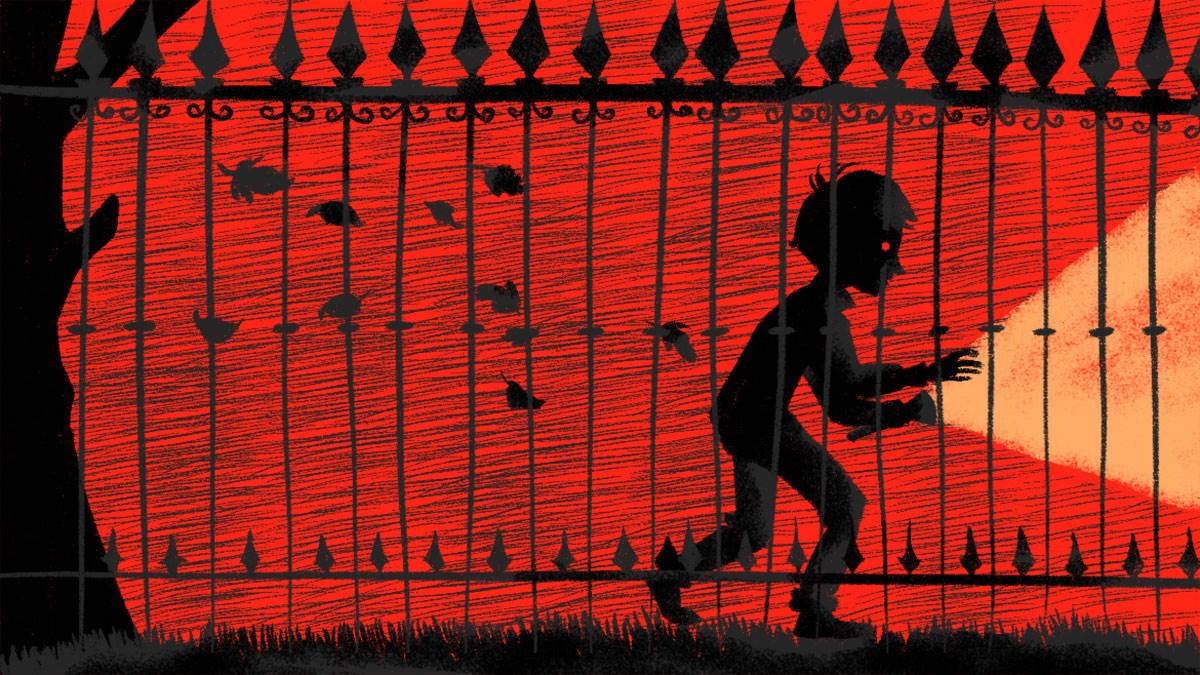You might also like...
Explore some of our favourite spooky books for children.
Halloween picture books
These picture books, featuring witches, wizards and monsters, are perfect to share with little ones as the nights draw in and there's a touch of frosty magic in the air.
Favourite horror books for older children
Looking for things that go bump in the night and give you a shiver down the spine? You've come to the right place...
Spooky teen reads for autumn and winter nights
If your teen likes to spook themselves silly, prepare to be scared with these enjoyably eerie books about ghosts, gods, nightmares and monsters.


 Illustration from the cover of Crater Lake by Jennifer Killick
Illustration from the cover of Crater Lake by Jennifer Killick


